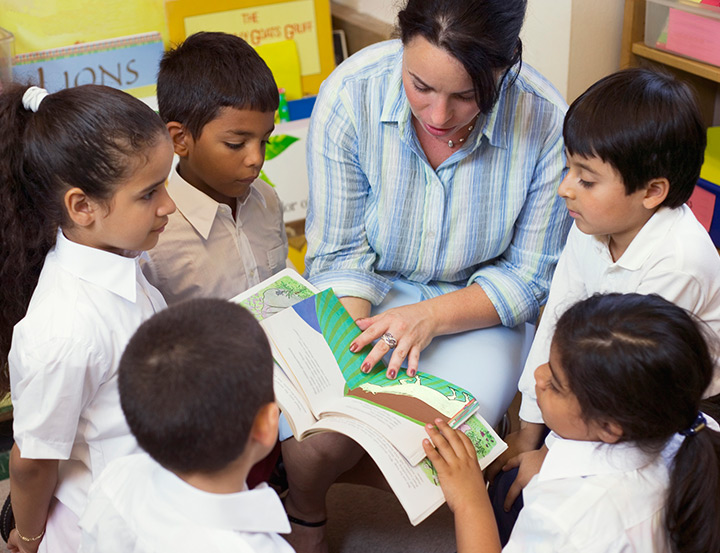The important role of parents
Students with learning difficulties or learning disabilities often find the day-to-day challenges of the classroom quite daunting. This may result in parents playing a multitude of roles in their efforts to support their child (or children) effectively.
Parents are often their child’s main advocate and may find they are talking quite regularly to teachers, principals, tutors, psychologists, speech pathologists and, of course, their child, about appropriate remediation and accommodation strategies. They are sometimes their child’s tutor which takes a considerable amount of time – researching, preparing and delivering the selected program – and which can lead to arguments and additional stress.
Education is a lengthy process and children spend a great deal of both their childhood and their adolescence in the classroom. If they are not making progress and are feeling unhappy and frustrated, it can feel like a very long journey.
Most parents indicate that they simply want the school and classroom teachers to acknowledge the difficulties their child is experiencing and to look at ways these difficulties can be addressed. They consider it to be vitally important that children with learning disabilities are given the opportunity to achieve in line with their potential and that they are ensured access to the curriculum at all times.
The Auspeld resource ‘Understanding Learning Difficulties: A practical guide – Revised Edition’ has been designed for Australian teachers, principals and others working in the school system. It contains a wealth of information for classroom teachers and outlines a range of effective, evidence-based strategies that are known to assist students with learning disabilities. Parents may wish to refer schools to this resource for guidance.

In this section:
- Introduction
- The difference between a learning difficulty and a learning disability
- What do we know about types of learning disabilities?
- Other developmental disorders that can impact on learning
- Identifying and diagnosing specific learning disorders
- Selecting a successful intervention program
- Use of assistive technology
- Supporting students with learning disabilities
- Children with learning disabilities may have low self-esteem






